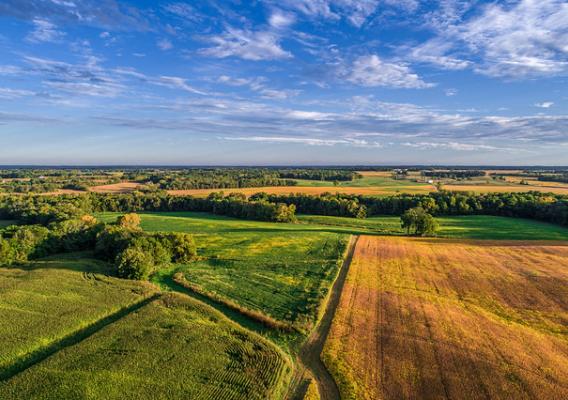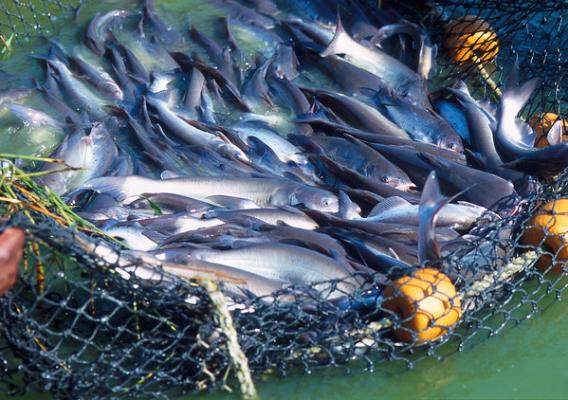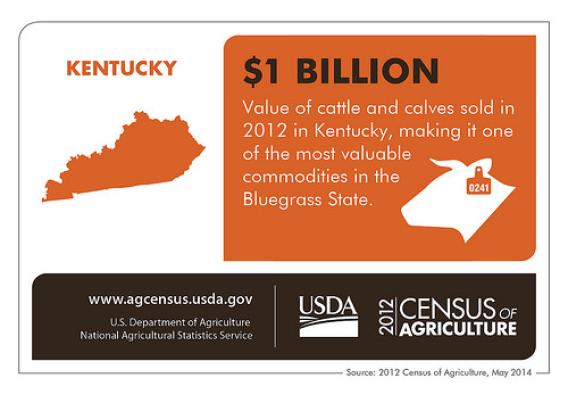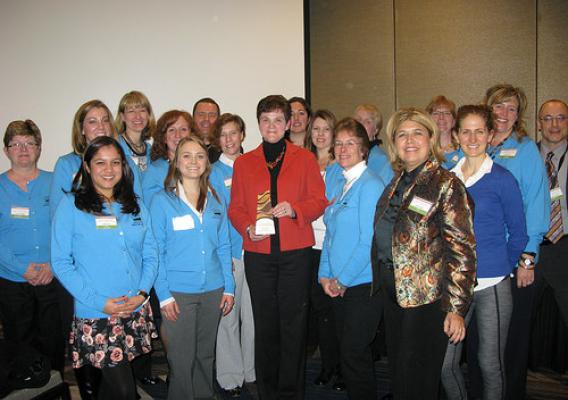The Census of Agriculture is the most complete account of U.S. farms and ranches and the people who operate them. Every Thursday USDA’s National Agricultural Statistics Service will highlight new Census data and the power of the information to shape the future of American agriculture.
Since 1801, Tennessee’s motto has been “Agriculture and Commerce,” and as we see in the latest Census of Agriculture results, our farmers do their part to stay true to it. In 2012, our state’s farmers and ranchers sold more than $3.6 billion worth of agricultural products.
Cattle is the largest sector of Tennessee’s farming industry. More than half of our state’s 68,050 farms raise cattle. The 2012 Ag Census counted more than 1.8 million head of cattle on 38,826 farms. Of these farms, 979 focused on dairy while 33,556 were beef cattle farms. This is also why our farmers spent nearly $680 million on feed purchases in 2012. Feed was by far the largest expense for our farmers in 2012.










